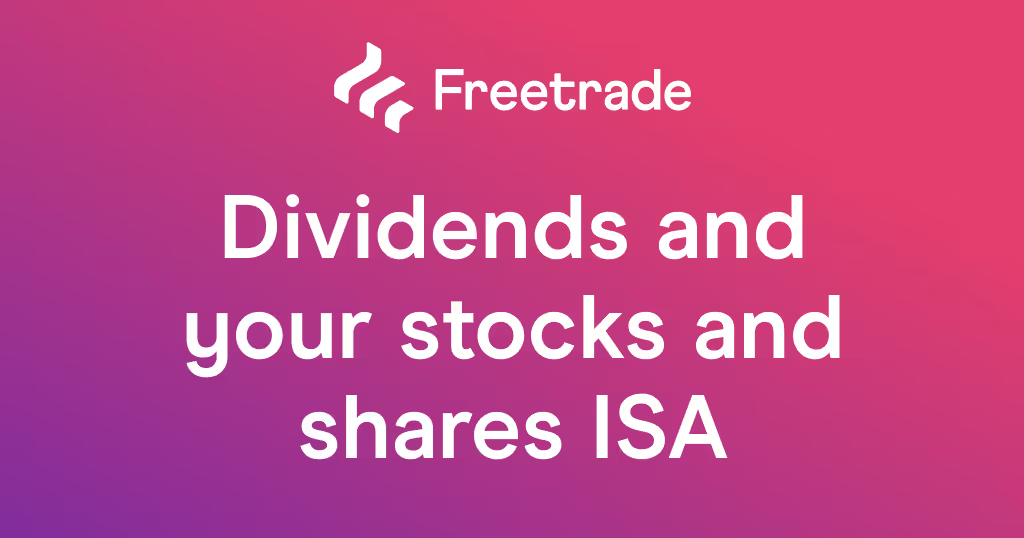You’ll need to pass this test before you can trade some types of stocks now available on your Freetrade app.
What’s an appropriateness test?
An appropriateness test is a series of multiple-choice questions used to determine whether you understand the risks involved in trading specific stocks. The test will assess your financial experience and knowledge.
Questions could cover topics like the level of your understanding of risk, your knowledge about different complex products, or your grasp of concepts like leverage. It’ll also ask you to share a bit about your experience in investing.
Passing the appropriateness test is a requirement before you’ll be able to trade stocks that are considered 'complex' based on rules set out by the Financial Conduct Authority (FCA).
What is a complex instrument?
A complex instrument is a financial product that may be difficult to understand because of its structure or features. Often, they’ll have different risks associated with them compared to what you’d find when investing in equities. Because of that, they may not be suitable for all investors.
For example, complex instruments might include derivatives, like options, futures or swaps. If so, the instrument’s Key Information Document (KID) might say that it’s suitable for advanced retail investors only. So, to determine whether an investor fits the bill, they need to first pass the appropriateness test before they can invest.
Can you give me an example?
One type of complex instrument is a leveraged ETF. While a typical exchange-traded fund (ETF) aims to track the returns of a sector, market or index, a leveraged ETF aims to match and then amplify those returns. Basically, they use complex financial techniques to try and increase the potential return of the investment. Bear in mind, this means the potential losses of the investment are also amplified. That’s what makes these leveraged ETFs more volatile and higher risk.
For example, the WisdomTree S&P 500 3x Daily Leveraged (£3UKS) is a leveraged ETF that aims for a daily return of three times the performance of the S&P 500. Something to remember here is that because a leveraged ETF like £3UKS is trying to match, and multiply, the daily return of the underlying index, there is a compounding risk of that loss mounting over time. So while it may have a place in your portfolio for short-term trading, it carries significant risks in the long run.
What are the risks of investing in complex instruments?
As we just touched upon above, investing in complex instruments can involve additional risks, and these may not always be obvious or easy to understand. In addition to added volatility compounding risk, some of the other risks associated with complex instruments may be:
Leverage risk: some complex instruments will use leverage, which are financial strategies to multiply potential gains or losses, like using derivatives. However, the use of leverage can result in higher losses.
Liquidity risk: some complex products may be illiquid, which means it may be difficult to sell the product easily or quickly.
Market risk: this is the risk of losses due to movements in market prices. Complex instruments may invest in multiple underlying markets, leaving you exposed to multiple market risks.
This should not be read as personal investment advice and individual investors should make their own decisions or seek independent advice. This article has not been prepared in accordance with legal requirements designed to promote the independence of investment research and is considered a marketing communication.When you invest, your capital is at risk. The value of your portfolio can go down as well as up and you may get back less than you invest. Past performance is not a reliable indicator of future results.


.avif)










